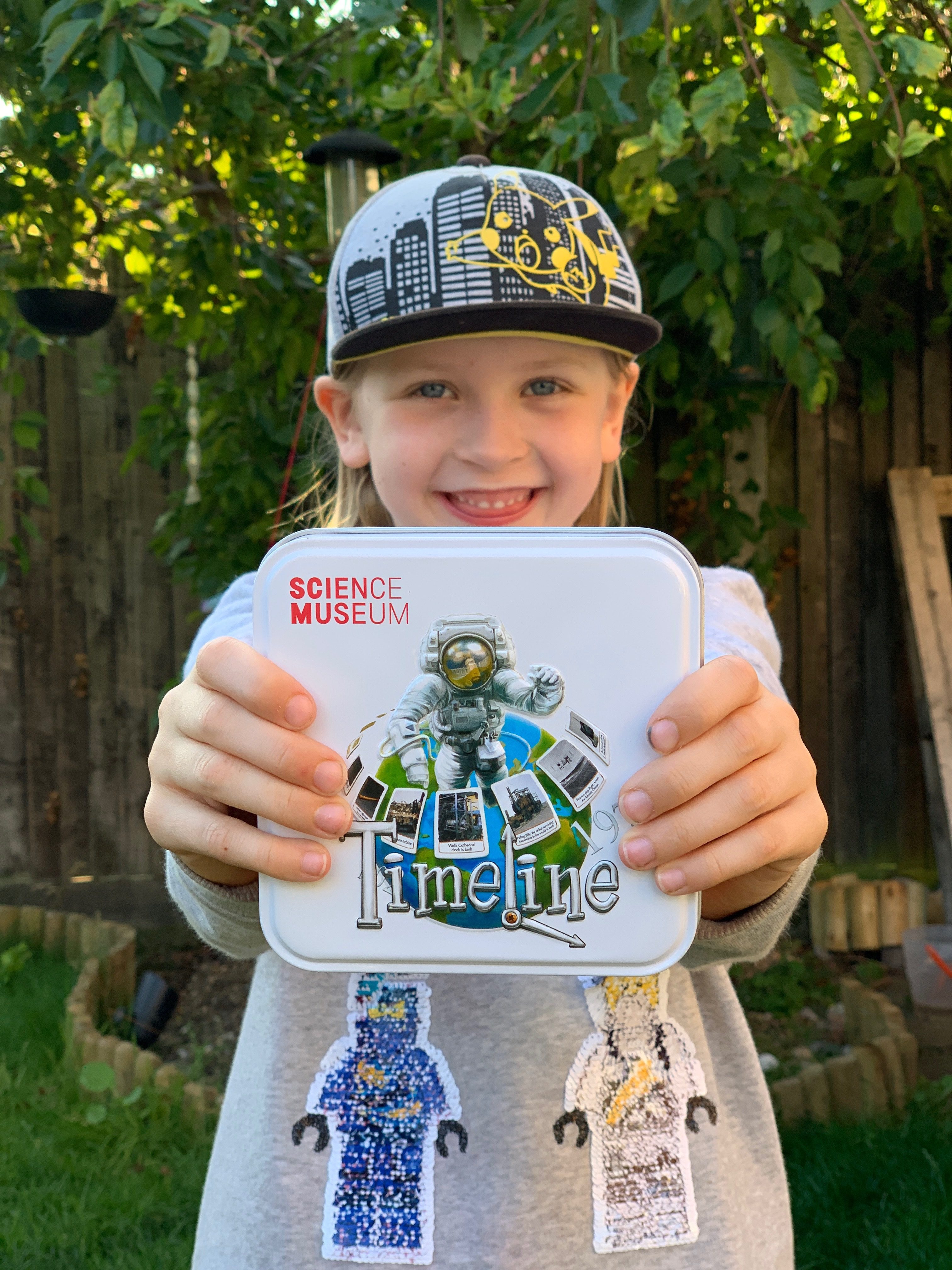My kids love a hands-on book that they can have fun with and learn from. The both love science so were happy to be #gifted a copy of Science You Can Eat: Putting what we eat under the microscope by Stefan Gates and published by DK Books. With the summer holidays coming up I’m delighted to have some practical books to keep them busy and learning.
Science You Can Eat: Putting what we eat under the microscope
Join TV presenter Stefan Gates for a fun-packed edible adventure and discover the seriously impressive science that goes on every time you cook or eat. Science You Can Eat explores the weird, wonderful – and sometimes revolting! – science of food, tackling all the tasty questions you’re hungry to know the answers to and puts them to the test with exciting experiments.
Perfect for budding cooks and scientists alike, Science You Can Eat will transform your kitchen into a lab. Cooking is chemistry and the 15 fun food experiments and activities in this book prove it; find out why popcorn goes “pop” as you test it out for yourself, make gooey edible slime, play tantalising
tricks on your taste buds, and discover how to make your own delicious instant ice-cream. Each experiment includes easy to follow instructions and step-by-step photography, and the science behind them is explained in a fun and engaging way.
Science You Can Eat examines the everyday ingredients you might find at home, revealing why onions make us cry and the trick being played on your brain when you bite into a hot chilli pepper. Find out what the process of cooking does to our food, follow its digestive journey as it travels through our bodies, and discover the fartiest foods around! Plus uncover mind-blowing facts about more the unusual side of food, including the science behind exploding sweets, what the world’s smelliest food tastes like, and why insects may be the food of the future.
We tried the Super Saliva experiment which involved making a batch of custard, dividing it into two, and mixing one with some saliva and the other portion with a little water. The children took one sample each and poured them down a chopping board to see which would reach the bottom quicker.
The kids thought this was so much fun! The sample with the saliva ran down the chopping board a lot quicker than the other sample as the starches that make the custard thick are sensitive to amylase, an enzyme found in saliva! It was a fun experiment and perfect for doing outside in this warm weather.
We can’t wait to try out some of the other experiments, especially making our own popcorn and edible slime!
Science You Can Eat: Putting what we eat under the microscope by Stefan Gates was published by DK Books on 6th June 2019. It’s priced £12.99 and suitable for ages 8 and over.












what a neat book! I love educational tools that are fun as well as let you learn. sounds like it is full of interesting facts x
The book is really interesting and so educational for kids. What a great way to teach kids science.